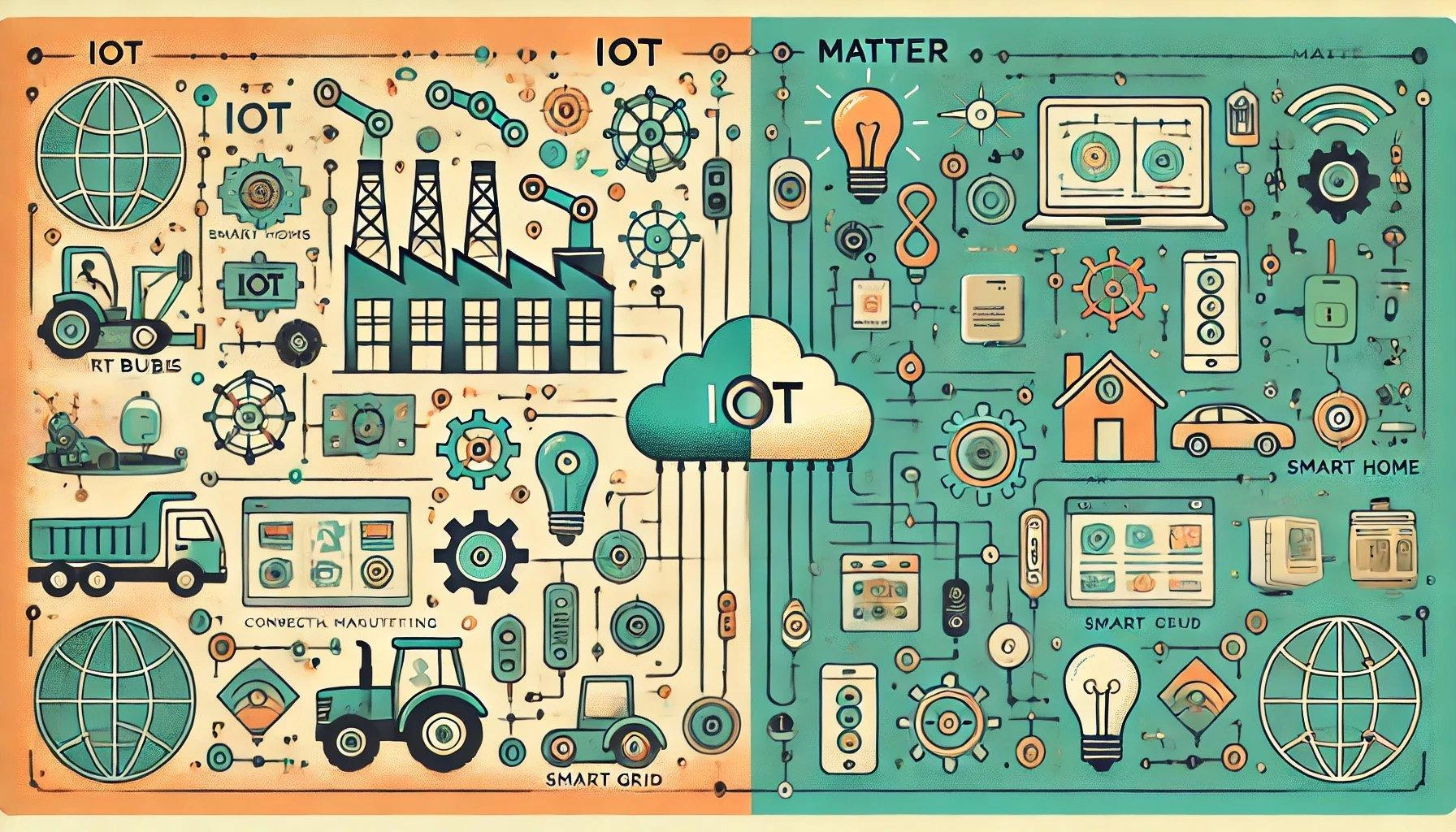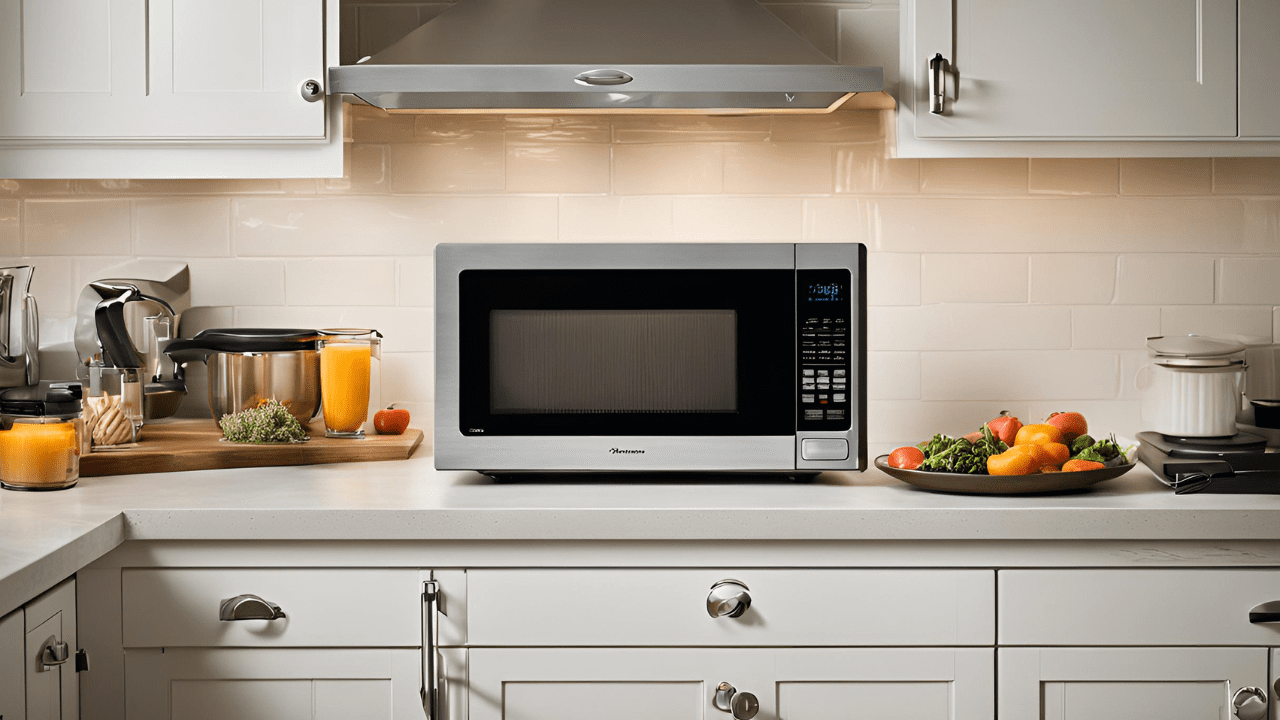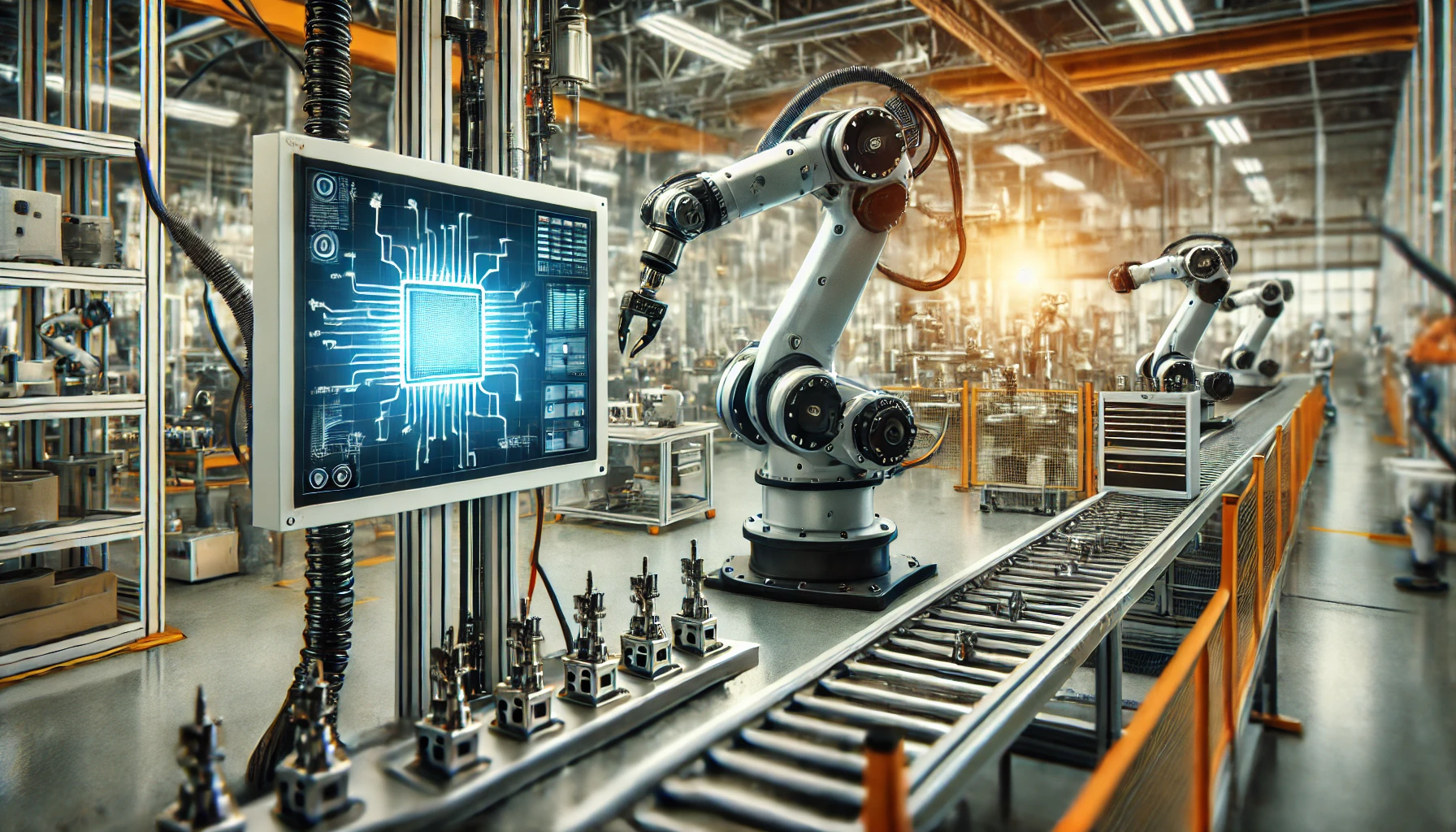What's The Difference Between IoT and Matter?
You could think of Matter as a subset of IoT devices, but the differences go far beyond that.

Please note: This page may contain affiliate links. Read our ethics policy
The terms Internet of Things (IoT) and Matter are often confused, and understandably so, given their similarity. So let's take a look at each one and explain how they differ.
What is The Internet of Things?

The Internet of Things is a generic term referring to a network of connected physical objects that are equipped with sensors and services, from factory assembly machines and self-driving tractors to shelf-stacking robots and motion-sensing mattresses that jiggle a patient if they lie still for too long.
It’s not one specific device type, but anything connected to a network to share data for analysis and automation. You could argue that this includes things like a PC or smartphone, but generally, it refers to devices beyond those you’d expect to be already web-connected. Usually, an IoT device doesn’t require a human to interact with it and click a button to upload data; rather, it broadcasts its sensor data regardless.
What is Matter?

On the other hand, Matter is a unified, open-source connectivity standard for specific IoT device types from different manufacturers to communicate in the context of a smart home, developed by the Connectivity Standards Alliance (CSA), previously known as the Zigbee Alliance. You could think of it as a subset of IoT, welcoming some device types and dictating how they should communicate and what minimum feature set they should offer.
With each new Matter standard release (we’re up to 1.3 at the time of writing), the number of device types that it specifies standards for grows, and usually, the next version of your smartphone or home hub operating system will then add support for those new devices. The latest additions to the Matter standard are energy-reporting plugs and sensors, water management (leak sensors etc), EV chargers, ovens, and Matter Casting media players. But most of those are as yet unsupported by the major smart home ecosystems, which tend to lag behind by a year or more.

Matter aims for interoperability, so it doesn’t matter whether you’re a Google, Amazon, or Apple home: a Matter device should work with any of them—or with both, in the same home. It’s designed to simplify setup, with a single QR code or passcode needed to pair devices.
Matter also has robust security measures to protect your privacy, using an open-source blockchain to verify device certification. When a Matter device joins your network, it shares a secret password so your home controller knows it isn’t accidentally adding a malicious piece of hardware that will steal your data.
By contrast, the Internet of Things doesn’t specify any standardized communications protocols or set of features that a device must offer. It’s not made by any one company or group. It doesn’t specify security measures, nor is there any way to verify an IoT device is what it says it is. It’s just a buzzword that means “things that are connected to a network”; it isn’t a standard of anything.

That doesn’t mean IoT devices are useless, of course. They’re used throughout healthcare, agriculture, and industrial automation. They’re a critical part of our modern supply chain infrastructure—if the internet went down tomorrow, the supermarket shelves would soon be empty. The system wouldn’t know how much to order, the supplier wouldn’t know where to send it, and the trucks wouldn’t know how long it could be stored before the produce was spoiled, or whether the temperature in the container was correct. There’s so much data used in our modern world, and it’s all generated by Internet of Things devices that you wouldn’t think of as being “connected”.
Matter might not be as mission-critical as some IoT sensors are, but it’s still nice to have a smart home that’s frustration-free across ecosystems, and responsive, with accurate sensor data that’s essential for home automation.
About the Author

James Bruce
Smart Home Contributor, Videographer, and Developer
James spent seven years in Japan, where he brought technology into the classroom as a teacher and worked part-time as a data centre engineer. Formerly the CTO and Reviews Editor of MakeUseOf, he has also contributed to publications like TrustedReviews, WindowsReport, and MacObserver. With a BSc in Artificial Intelligence, James combines his technical expertise with a passion for writing, programming, and tech reviews. Now based in Cornwall, he enjoys the slower pace of rural life, building LEGO, playing board games, and diving into VR.